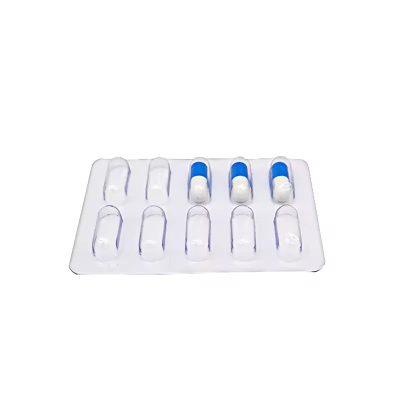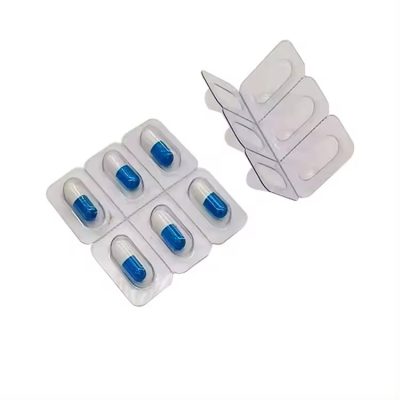Medical blister packaging is a fundamental element in the pharmaceutical and healthcare industries, providing a robust, efficient, and user-friendly solution for packaging medications and medical devices. This method, involving pre-formed plastic cavities sealed with materials such as aluminum foil, ensures the protection and integrity of the products it houses. This article delves into the importance, materials, benefits, and regulatory considerations of medical blister packaging.
Materials and Design
Medical blister packaging predominantly uses materials like PVC (polyvinyl chloride), PVDC (polyvinylidene chloride), and aluminum due to their excellent barrier properties against moisture, oxygen, and light. These properties are crucial for maintaining the stability and potency of pharmaceuticals. A blister pack generally comprises two main components: the blister, which is a cavity formed from a thermoformable plastic, and the lidding, typically made of aluminum foil.
There are two main types of blister packs: unit-dose and multi-dose packaging. Unit-dose blister packs contain a single dose per cavity, offering precise dosage control and minimizing the risk of medication errors. Multi-dose packs, on the other hand, hold several doses within a single blister, enhancing patient compliance and convenience.
Benefits of Medical Blister Packaging
Protection: Blister packaging provides robust protection against environmental factors such as humidity, contamination, and UV light, all of which can degrade the product over time. The sealed blister ensures that each dose remains uncontaminated until use.
Compliance and Adherence: By clearly organizing doses, often with labels indicating the day or time, blister packaging helps patients adhere to their prescribed medication regimens. This is particularly important for managing chronic conditions that require consistent medication adherence.
Tamper Evident: Blister packs offer a tamper-evident seal, which is crucial for ensuring the safety and integrity of the medication. Any attempt to open the pack before purchase is immediately noticeable, deterring tampering and counterfeiting.
Convenience and Portability: Blister packs are lightweight and portable, making them convenient for both healthcare providers and patients. Their compact design facilitates easy transport and storage, supporting medication administration in various settings, from hospitals to home care.
Regulatory Considerations
The production and use of medical blister packaging are governed by stringent regulatory standards to ensure safety and efficacy. In the United States, the Food and Drug Administration (FDA) establishes guidelines for the materials and processes used in pharmaceutical packaging. Similarly, the European Medicines Agency (EMA) enforces regulations to ensure that blister packs meet necessary quality and safety standards. These regulations mandate comprehensive testing for barrier properties, stability, and safety to guarantee that the packaging effectively protects the medication throughout its shelf life.
Innovations and Future Trends
Recent advancements in blister packaging technology are focusing on sustainability and smart packaging solutions. Efforts are being made to develop biodegradable and recyclable materials to reduce the environmental impact of blister packs. Additionally, smart blister packs incorporating technologies such as RFID (Radio Frequency Identification) and NFC (Near Field Communication) are becoming more prevalent. These innovations can track medication usage, remind patients to take their doses, and even report adherence data to healthcare providers, thereby improving patient care and outcomes.
Conclusion
Medical blister packaging is an essential component of the pharmaceutical and healthcare industries. Its ability to protect medications, enhance patient compliance, provide tamper evidence, and offer convenience makes it indispensable in modern healthcare. As technology continues to advance, blister packaging is expected to evolve further, leading to improved patient outcomes and aligning with global sustainability goals.







